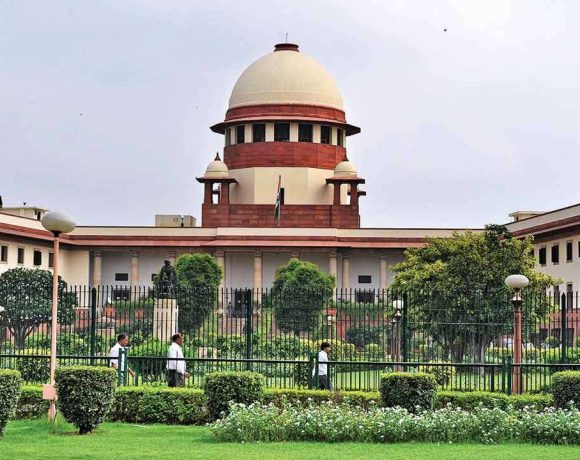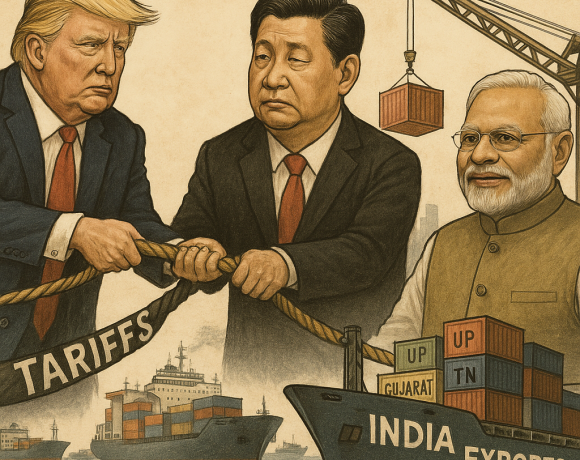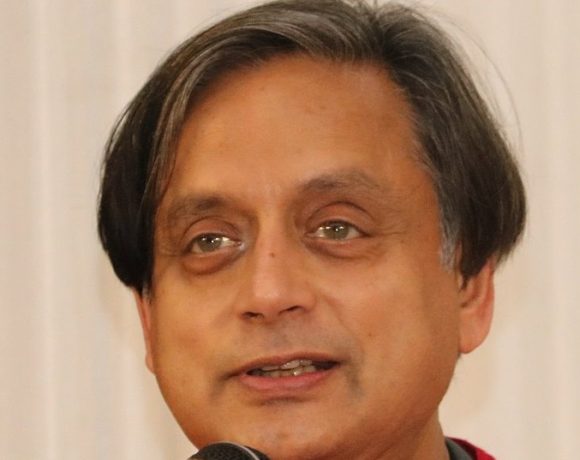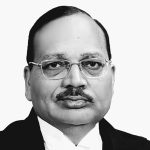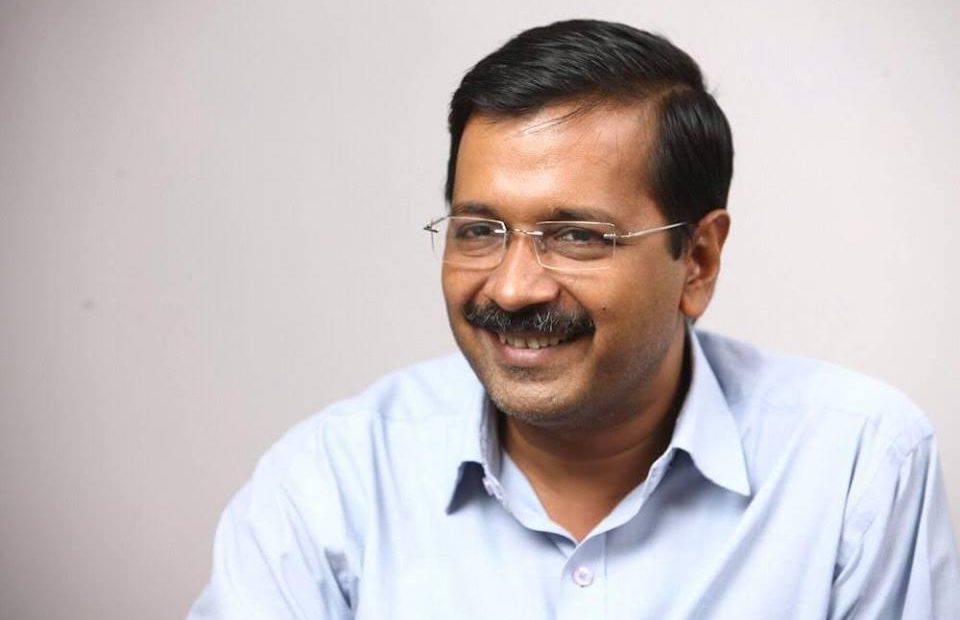
From Reformers to Frauds: How AAP Made Honest Politics a Laughingstock
There was a time when the Aam Aadmi Party (AAP) wasn’t just a political outfit—it was a movement. A rebellion against corruption, a crusade for clean governance, a flicker of hope for millions who believed that the system could be fixed.
From auto drivers to tech professionals, from street vendors to university students—everyone saw in AAP the revolution they had long dreamed of. Today, that very revolution lies in ruins, betrayed not by external forces but by its own power-drunk, scandal-ridden, self-serving leadership.
The 2025 Delhi Assembly election results were not just a defeat; they were a public humiliation. The party that once swept Delhi with 67 out of 70 seats has now been swept away. The very people who once chanted “Paanch Saal Kejriwal” have now slammed the door shut on AAP, and frankly, it was long overdue.
How It Started vs. How It’s Going
The AAP story began in 2011, with the India Against Corruption (IAC) movement, led by Anna Hazare and supported by activists like Arvind Kejriwal, Yogendra Yadav, Prashant Bhushan, Kumar Vishwas, and countless others. They demanded a Jan Lokpal Bill—a law that would bring corrupt politicians to their knees. The movement captured the imagination of the entire nation, making corruption the hottest topic in every tea shop and newsroom.
But somewhere along the way, idealism turned into opportunism. Kejriwal and his loyalists decided that activism alone wouldn’t change the system; they needed to enter politics. While Anna Hazare and others refused to take the plunge, Kejriwal took the leap, promising a political party unlike any other. Thus, in 2012, AAP was born—a party that vowed to be different, to be clean, to never compromise on integrity.
At first, it seemed like they meant it. In 2013, AAP contested the Delhi Assembly elections, stunning the political establishment by winning 28 seats. Kejriwal, reluctant but pushed by public demand, became Delhi’s Chief Minister. But the idealism didn’t last long—49 days into governance, he resigned, claiming he wasn’t allowed to pass the Jan Lokpal Bill. In reality, it was a calculated move to portray himself as a martyr.
Then came 2015, when AAP staged a spectacular comeback, winning 67 out of 70 seats—a victory that could have set the foundation for a new era of clean politics. But instead of leading by example, AAP became everything it once fought against.
The Betrayal: How AAP Became the Party It Opposed
Instead of fighting corruption, AAP became the poster child for it. Their ministers—Satyendar Jain, Manish Sisodia, and Kejriwal himself—found themselves entangled in scandals so brazen that even veteran scamsters would blush.
The Delhi Liquor Policy Scam was the final nail in the coffin. What started as an attempt to “reform” the alcohol trade ended in a massive corruption scandal involving kickbacks, illicit deals, and the arrest of key AAP leaders. Manish Sisodia, the so-called “education reformer,” ended up behind bars. Kejriwal himself got arrested, exposing the myth that AAP leaders were untouchable. Satyendar Jain, another star minister, was found guilty of laundering money.
Meanwhile, Kejriwal’s palatial bungalow renovation scandal, mockingly dubbed ‘Sheesh Mahal’, showed how disconnected he had become from the common man. While Delhi’s residents struggled with pollution, water shortages, and traffic chaos, Kejriwal was busy living like a Mughal emperor at taxpayers’ expense.
All this while, his arrogance knew no bounds. Any journalist who questioned him was branded a “Modi agent.” Any leader within AAP who dared to challenge him was sidelined or expelled. The man who once spoke of decentralizing power became the most authoritarian leader of any political party.
Ego Over Ethics, Power Over Principles
The defining reason for AAP’s collapse wasn’t just corruption—it was the sheer arrogance of its leadership.
When Yogendra Yadav and Prashant Bhushan questioned AAP’s deviation from its core values, Kejriwal threw them out of the party.
When Kumar Vishwas pointed out AAP’s hypocrisy, he was branded a traitor.
When the voters started demanding accountability, Kejriwal didn’t change his ways—he doubled down on playing the victim.
Instead of introspection, AAP leaders blamed everyone but themselves. They cried “political vendetta”, blamed the BJP, the Congress, the ED, the CBI, the media, the judiciary, even the weather—but never took responsibility for their own downfall.
The Biggest Tragedy: The Death of the Anti-Corruption Dream
Perhaps the biggest betrayal of all is what AAP’s failure means for future movements. The next time a group of activists rise up against corruption, the people will laugh instead of listening.
“Oh, another AAP in the making?” they’ll sneer.
“Another group of frauds pretending to be revolutionaries?” they’ll scoff.
“We won’t be fooled again.”
And that is AAP’s true legacy—not governance, not development, not honesty. Their true legacy is the destruction of public trust in grassroots anti-corruption movements.
No one will believe in a “revolution” again. No one will believe in “change” again. Because AAP turned the dream of honest politics into a joke.
The Verdict: Delhi Wasn’t Fooled This Time
And so, the people of Delhi, once Kejriwal’s most loyal supporters, delivered the final blow. AAP, the party that once claimed “Paanch Saal Kejriwal,” has now been thrown into the political abyss.
Kejriwal and his cronies will continue their charade of victimhood, but it doesn’t matter anymore. Delhi has moved on. India has moved on.
AAP could have been a political revolution. Instead, it became a cautionary tale of what happens when ego, greed, and power consume those who once promised change.
And the worst part? No other corruption movement will be trusted again by the people of this country.



